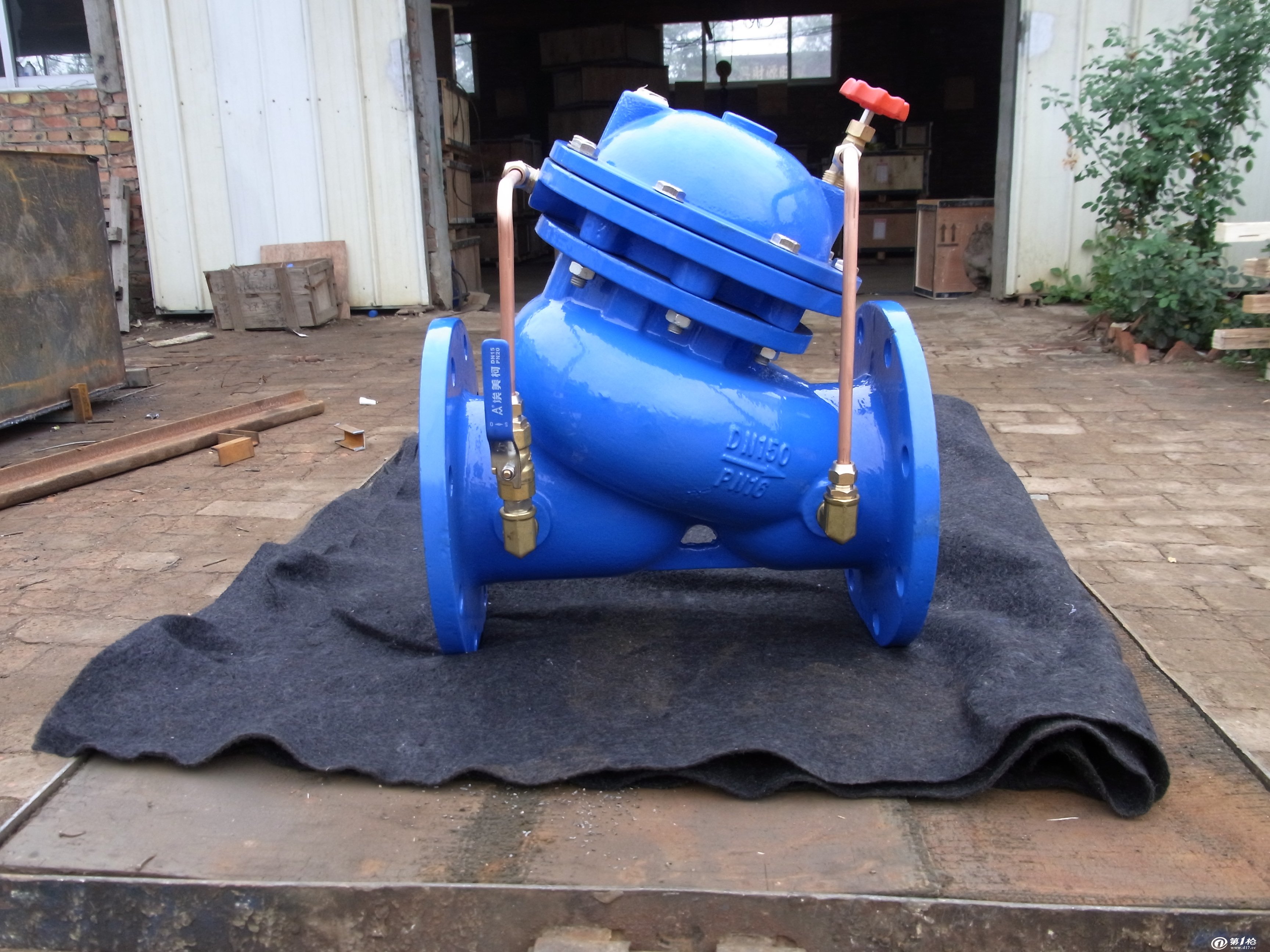des . 05, 2024 12:47 Back to list
types of control valve and applications
Types of Control Valves and Their Applications
Control valves play a crucial role in various fluid control systems across multiple industries. They regulate the flow of liquids and gases, ensuring the efficient operation of processes and systems. Understanding the different types of control valves and their applications is essential for selecting the right valve for specific tasks.
1. Globe Valves
Globe valves are among the most common types of control valves. Characterized by their spherical body shape, these valves are designed to offer excellent throttling capabilities. They feature a movable disk and a stationary ring seat, which allows for precise flow regulation. Globe valves are widely used in applications that require frequent throttling and flow regulation, such as heating, cooling, and mixing processes in chemical plants.
2. Ball Valves
Ball valves are known for their durability and reliability. They use a hollow, perforated ball to control flow. When the ball rotates, it either permits or restricts flow. Although they are primarily used for on/off control, some designs allow for throttling. Ball valves are commonly applied in oil and gas industries, water treatment facilities, and HVAC systems due to their ease of operation and minimal pressure drop.
Butterfly valves are versatile and lightweight valves that consist of a rotating disk to regulate flow. The disk is positioned within the pipeline and rotates 90 degrees to either open or close the flow path. These valves are particularly suitable for large volumetric flow systems, such as water supply and wastewater management. Their quick operation and compact design make them popular in various applications, including power generation and food processing industries.
4. Check Valves
types of control valve and applications

Check valves, while not traditional control valves, are essential in preventing backflow in a system. They automatically close when fluid reverses direction, ensuring that the flow remains unidirectional. These valves find applications in water systems, oil pipelines, and any process where backflow could cause damage or malfunction.
5. Pressure Relief Valves
Pressure relief valves are crucial for maintaining safe operating conditions in a system. They are designed to open at a predetermined pressure, allowing fluid to escape and thus preventing overpressure situations. These valves are extensively utilized in steam boilers, pressure vessels, and refrigeration systems to ensure safety and equipment integrity.
6. Diaphragm Valves
Diaphragm valves use a flexible diaphragm to control the flow path within the valve body. These valves excel in applications where cleanliness is critical, such as food and beverage, pharmaceuticals, and biotechnology industries. The diaphragm isolates the fluid from the moving parts, reducing contamination risks. Their ability to handle aggressive fluids and slurries also makes them suitable for chemical processing.
7. Solenoid Valves
Solenoid valves are electromechanical devices used to control fluid flow electronically. They are widely used in automated systems where rapid response and precise control are necessary. Solenoid valves are often found in irrigation systems, industrial automation, and HVAC applications, making them indispensable in modern fluid control technology.
Conclusion
Selecting the right type of control valve is vital to optimize process efficiency and ensure operational safety. The choice of valve depends on various factors, including the nature of the fluid, the required flow rate, pressure conditions, and specific performance requirements. By understanding the distinct characteristics and applications of different control valves, engineers and technicians can make informed decisions that enhance system reliability and performance across industries. Whether in chemical processing, water treatment, or energy production, control valves are indispensable components that keep processes flowing smoothly.
-
Precision Manufacturing with Advanced Spline Gauge DesignNewsJul.31,2025
-
Industrial-Grade Calibrated Pin Gauges for Exact MeasurementsNewsJul.31,2025
-
Industrial Filtration Systems Depend on Quality Filter DN50 SolutionsNewsJul.31,2025
-
High-Performance Gate Valve WholesaleNewsJul.31,2025
-
Granite Surface Plate The Ultimate Solution for Precision MeasurementNewsJul.31,2025
-
Granite Industrial Tools The Ultimate Guide for Bulk BuyersNewsJul.31,2025
Related PRODUCTS









